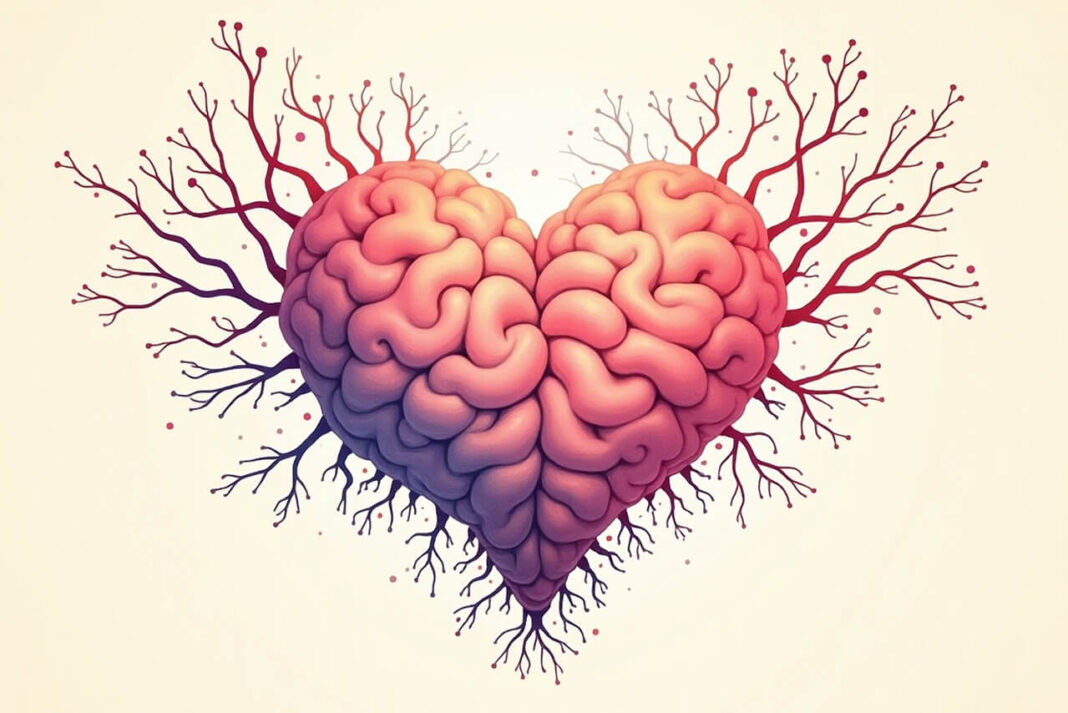Close your eyes gently and take a deep breath. Wander through the forgotten corners of the hidden rooms of your memory. Try to find that memory from the past that you can never forget. Perhaps it was the hottest summer day, or a rainy evening. A scent, a sound, or the soft breeze may take you back to that moment. Now, bring that memory to life again with all its emotions, touches, and sounds. It is highly likely that the scene that comes to your mind is a unique moment filled with deep emotion. Perhaps it is a memory filled with indescribable joy, or perhaps one filled with profound sadness. But why? Why do some memories leave lasting impressions in our minds while others fade and disappear with time?
The answer to this question lies in understanding how our memories are encoded with emotions. Our mind does not simply record information; it cleanses and interprets it through an emotional filter. Human memory is not only about recording experienced events, but it is also a dynamic structure internalized along with the emotions attached to these events. Emotions are the strongest architects of our memories.
THE DEEP CONNECTION OF EMOTIONS WITH MEMORY
Studies show that strong emotional experiences create a much more lasting impact in our memory compared to other memories. To illustrate with an example, imagine receiving a meaningful gift from someone you love years ago. The surprise, happiness, and love you experienced in that moment can remain vivid in your mind even as time passes. The warmth you felt when you first held the gift, the rapid beating of your heart, and your emotions in that moment can be remembered down to the smallest detail, even years later. For this reason, emotions are processed by a region of the brain called the amygdala. This region has a strong connection with the hippocampus, which is our memory center. Through this connection, memories with high emotional intensity are recorded more strongly and can be easily recalled when needed. Therefore, major societal traumas such as natural disasters can leave long-lasting effects on people’s memories. Survivors of the Chernobyl disaster in 1986 continue to vividly remember every detail of this dramatic event, especially the feelings of uncertainty and fear, even years later.
Studies have shown that experiencing intense emotional arousal during traumatic events causes these memories to be more persistent in memory. As a result, it was found that individuals recall these moments in a very vivid manner (Pitman, 2002).
WHY ARE HAPPY MEMORIES MORE LUMINOUS AND IMPACTFUL?
Positive memories are largely remembered more vividly and deeply. The underlying factor behind this is that positive emotions have a constructive effect on our brain chemistry. Neurotransmitters such as serotonin and dopamine support the stages of learning and memory. Cheerful and unforgettable moments are stored in our minds more clearly and brightly due to the influence of these chemicals (McGaugh, 2003). For example, when we recall a beautiful birthday party from our childhood, we remember the color tones, the melody, and the faces of our friends more distinctly. This phenomenon is related to our brain’s tendency to preserve pleasant memories with greater care.
TRACES OF NEGATIVE EMOTIONS IN MEMORY
Negative emotions can also leave strong traces in our memory. However, their processing structure is somewhat different. Emotionally challenging memories activate the brain’s survival mechanism. Such memories are often viewed from only one perspective, fragmented, or reshaped. In this context, when a traumatic event occurs, your brain might recall certain details as more anxiety-inducing or more dramatic than they actually were. At this point, emotional memory comes into action.
In certain situations, memories are formed that we do not consciously remember but physically feel (Kensinger, 2009).
CONCLUSION: EMOTIONS ARE THE COMPASS OF OUR MEMORY
Our memory is more than just a repository of past information. It is like a continuously changing and rewritten story shaped by emotions. Emotions are one of the most powerful factors that guide how we remember our past and how we construct our future. Consciously shaping our memories and understanding the power of our emotions can help us create a more balanced and meaningful life. It should not be forgotten that memories define not only our past but also who we are.
Observing the impact of emotions in shaping memories and consciously directing this process can improve individuals’ quality of life. Emotions play a decisive role beyond being merely a recording tool for memory, in giving meaning to past experiences and forming one’s self-identity. In this context, our memories not only reflect the past; they are also fundamental components that shape who we are, our values, beliefs, and future behaviors. Conscious management of emotional experiences can help individuals achieve healthier psychological development and construct more meaningful lives. As a result, happy memories leave deep impressions not just in our brains, but in our souls; because the love, kindness, and peace we feel can transcend time, enveloping us anew each time we remember.
REFERENCES
- McGaugh, J. L. (2003). Memory and emotion: The making of lasting memories. Columbia University Press.
- Kensinger, E. A. (2009). Remembering the details: Effects of emotion. Emotion Review, 1(2), 99–113. https://doi.org/10.1177/1754073908100436
- Uluduz, D. (2023). Duyguların hafıza üzerindeki etkisi. Derya Uluduz. https://www.deryauluduz.com/duygunun-hafizadaki-rolu
- Pitman, R. K. (2002). Pilot study of secondary prevention of posttraumatic stress disorder with propranolol. Biological Psychiatry, 51(7), 652–659. https://doi.org/10.1016/S0006-3223(02)01472-0



